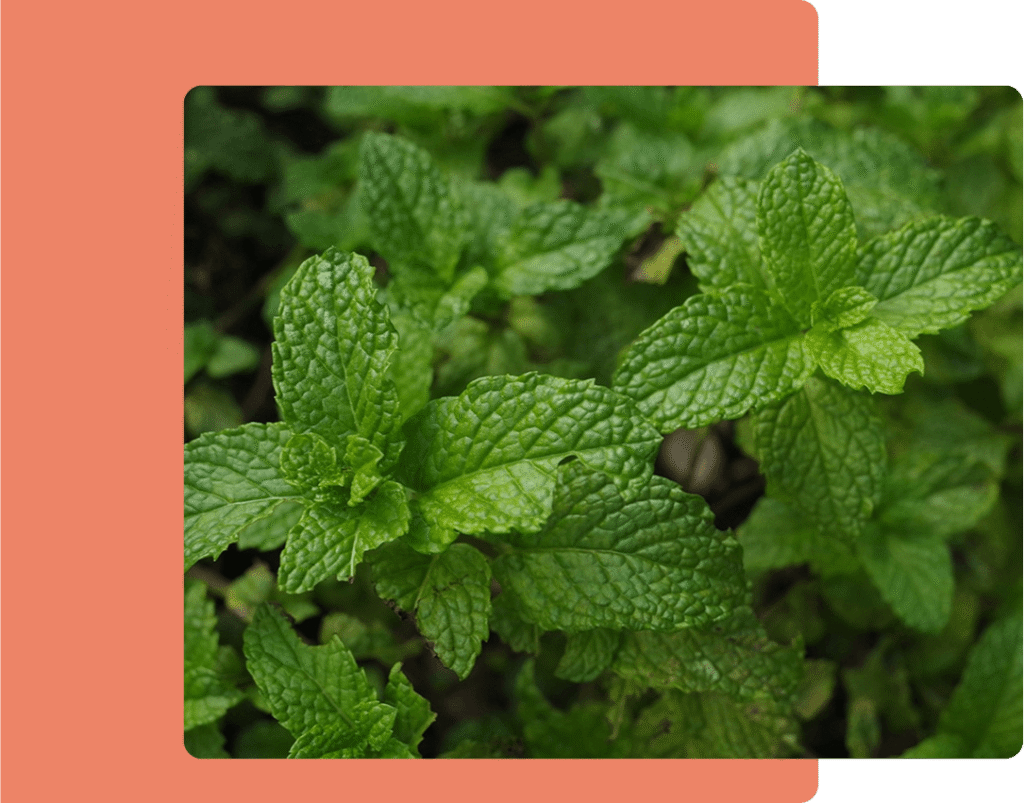Wild mint is that minty-fresh herb that pops up near streams and wetlands like it’s setting up a natural spa. It’s basically mouthwash that grows in the dirt.
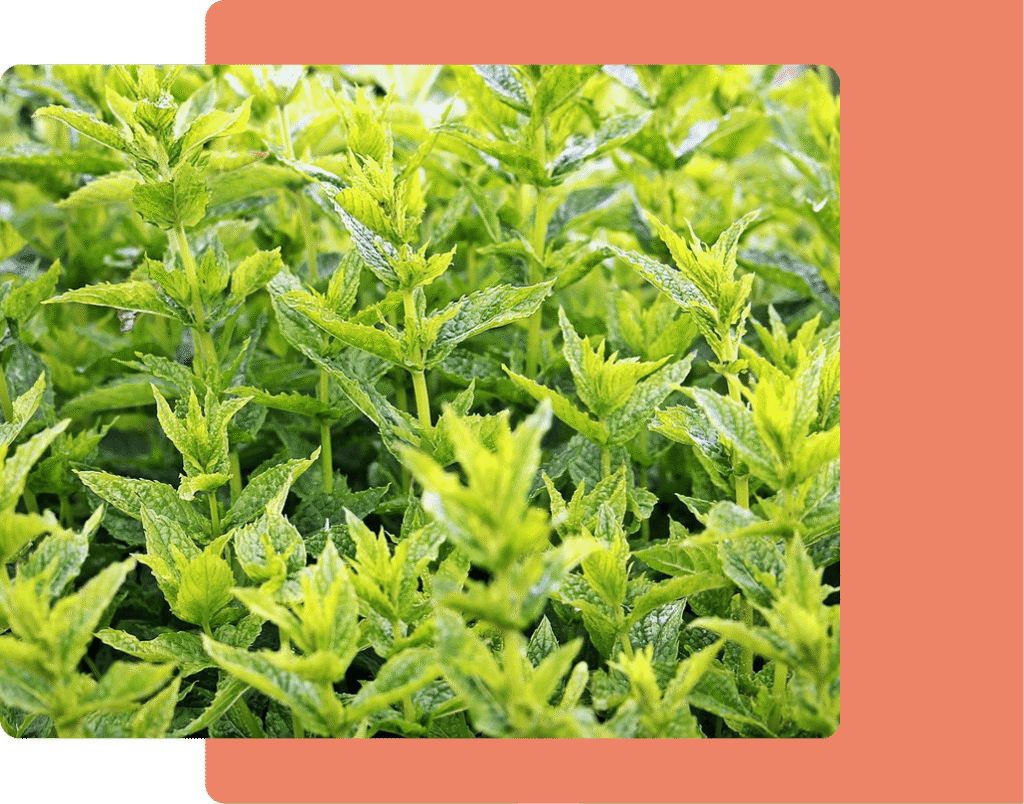
Hanging out in wet meadows, marshes, and streambanks across the Sierra Nevada. Basically, if your feet are wet, look down.
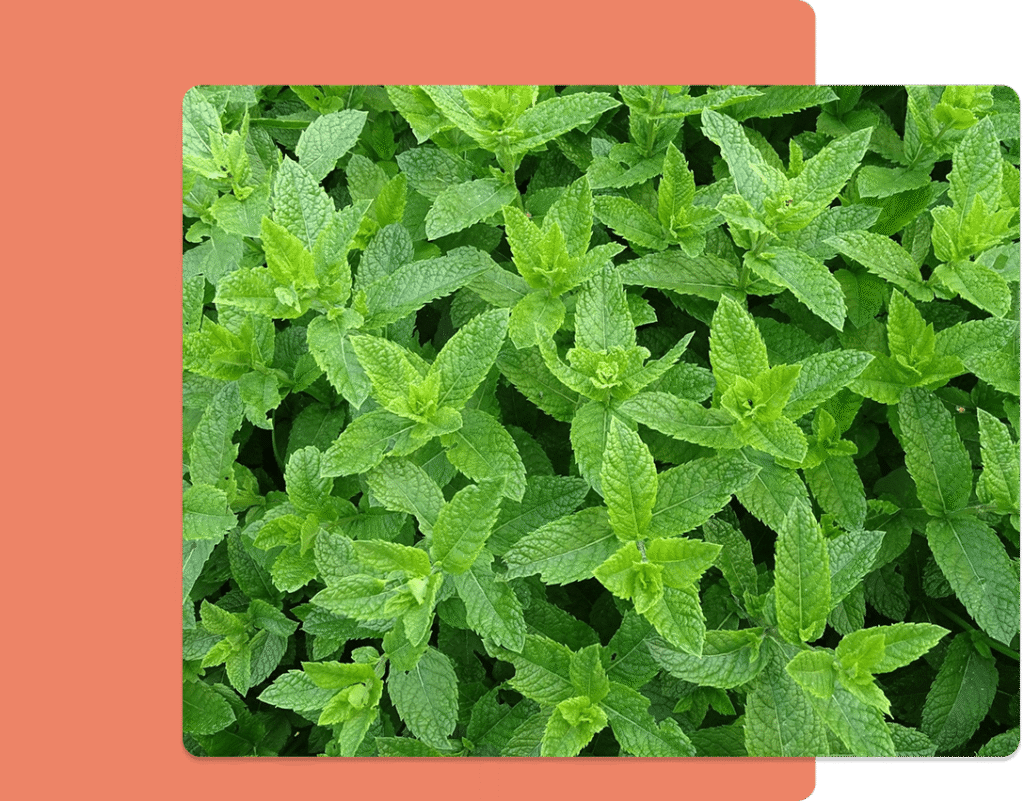
Makes everything smell better. Crush a leaf and—boom—instant aromatherapy. Humans use it for tea, remedies, and pretending we’re herbalists.
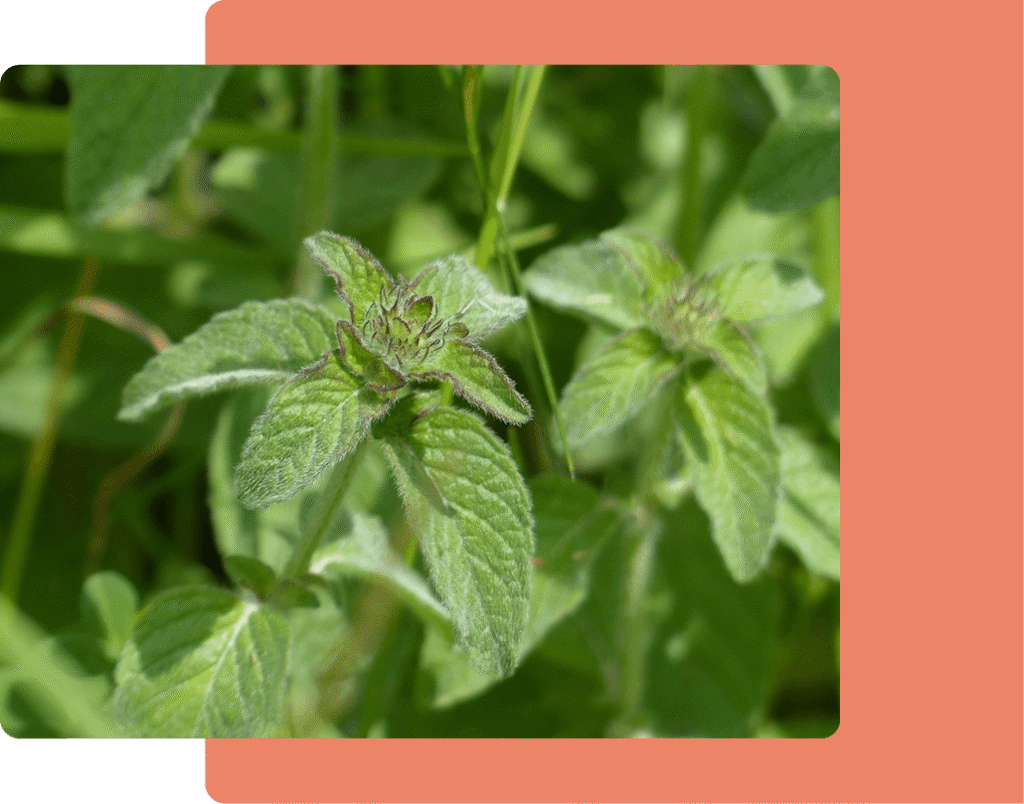
It spreads like gossip at a family BBQ—fast and everywhere—thanks to underground runners
and loads of seeds.
Cool, damp, and a bit shady—just like your favorite uncle.
● About 1–2 ft tall
● Square stems (yes, plants can be edgy too)
● Tiny purple flowers and minty leaves
Bees, butterflies, and other pollinators love this stuff—it’s their all-you-can-eat buffet.
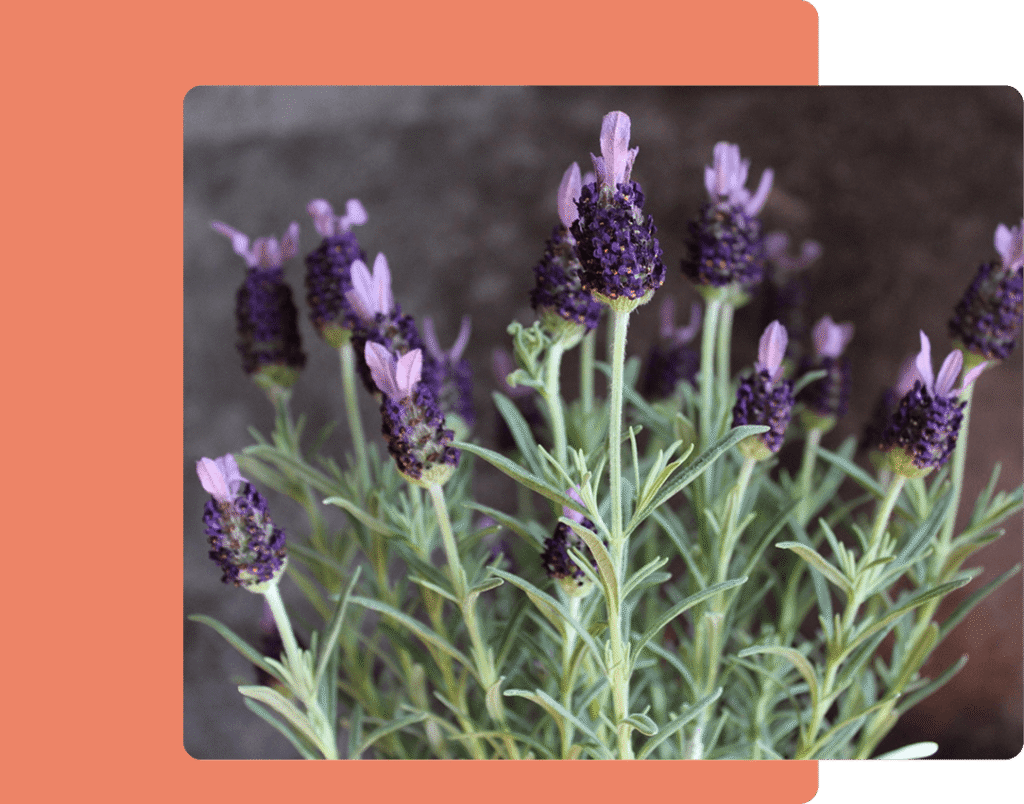
You can chew the leaves, but don’t expect mint-chocolate-chip flavor.
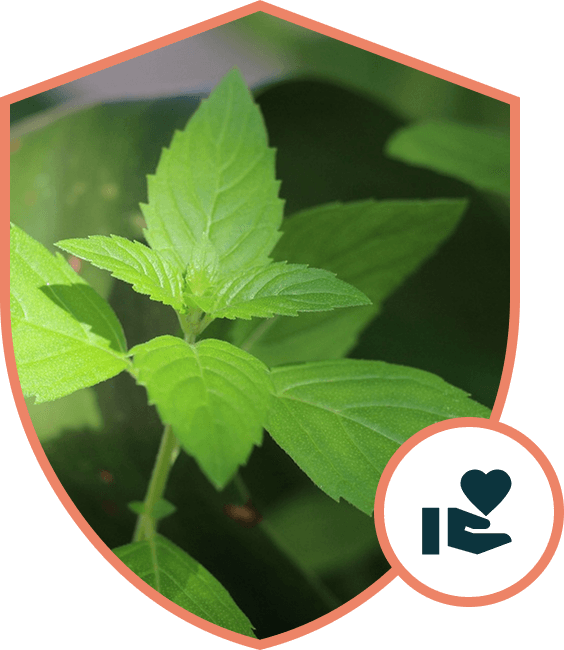
Because losing wild mint would stink—literally and ecologically. Protecting wild mint helps maintain pollinator populations and the integrity of wetland habitats, which are crucial for biodiversity
